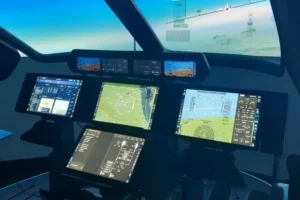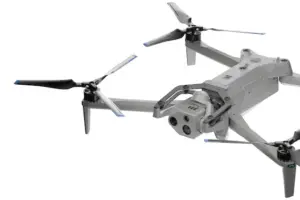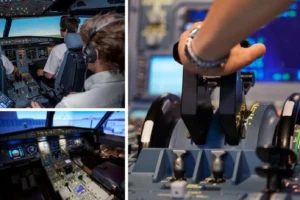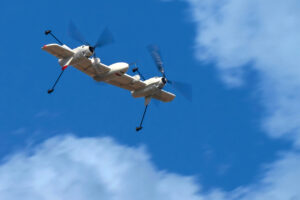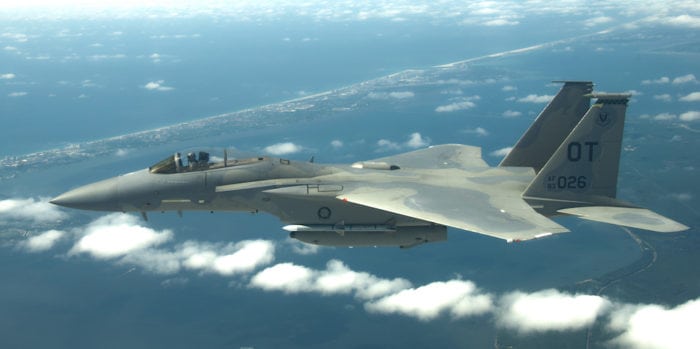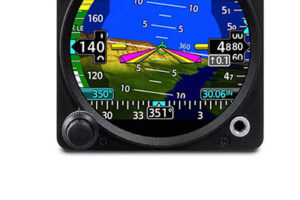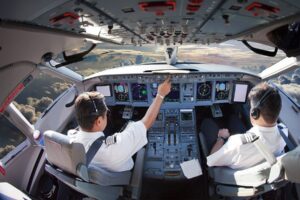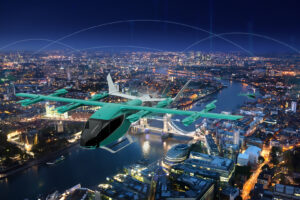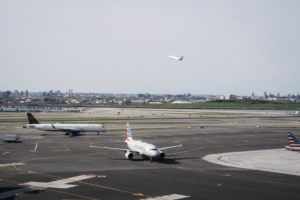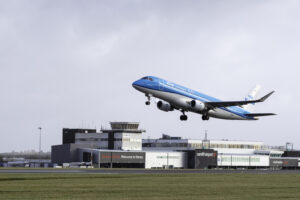DFS Sees GBAS as Future Precision Landing System
By Woodrow Bellamy III | April 14, 2017
Send Feedback | @WBellamyIIIAC
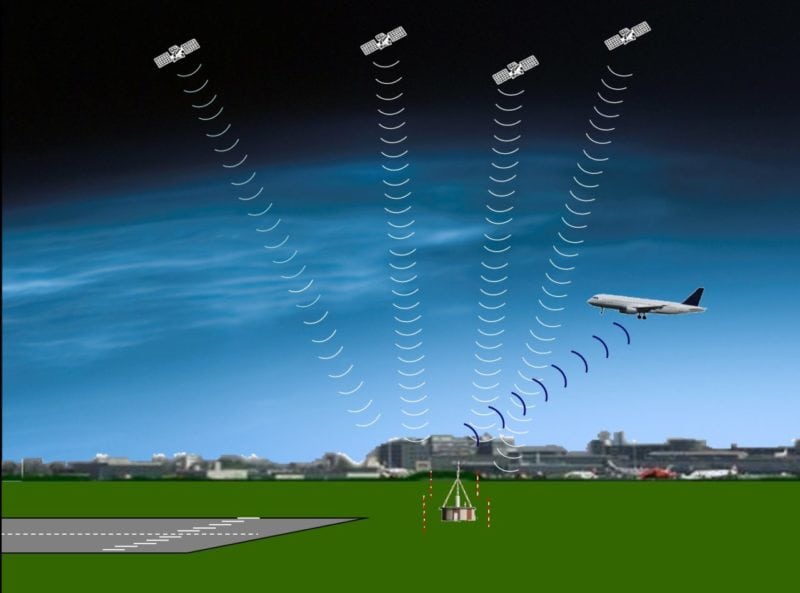
GBAS concept of operations at Frankfurt. Photo: DFS.
Germany’s Frankfurt International Airport has become the world’s first hub airport to feature ground-based augmentation system (GBAS) landings with an increased glide angle of 3.2 degrees. In March, Lufthansa began flying the new precision landings, designed to reduce aircraft noise during the approach phase, using an Airbus A319 and Boeing 747-8.
German air navigation service provider Deutsche Flugsicherung GmbH first introduced the use of GBAS at Frankfurt in 2014. The airport also still uses its instrument landing system (ILS) with a 3-degree angle in bad weather and a 3.2-degree glide angle in normal conditions. However, as DFS CEO Klaus-Dieter Scheurle told Avionics, the use of ILS is much more expensive and the nation’s air navigation provider sees GBAS as a future replacement for ILS as a primary means of precision landings into Frankfurt and other German airports.
“Raising the glide slope on a runway by using the ILS, requires a complete additional ILS system for each runway and each runway end,” said Scheurle. “This is very costly. GBAS, instead, requires only one ground station, comprising four GPS antennas, a computer and a VHF transmitter, serving all runways at Frankfurt Airport with different glide path angles.”
A study carried out by Frankfurt’s expert noise committee had shown that raising the ILS glide angle at Northwest runway to 3.2 degrees reduces the maximum sound level, ranging between 0.5 and 1.5 dB depending on the monitoring station and the aircraft type, according to Scheurle. Prior to the 3.2-degree approach procedures, all runways had first been equipped with GBAS using only the 3.0-degree angle.
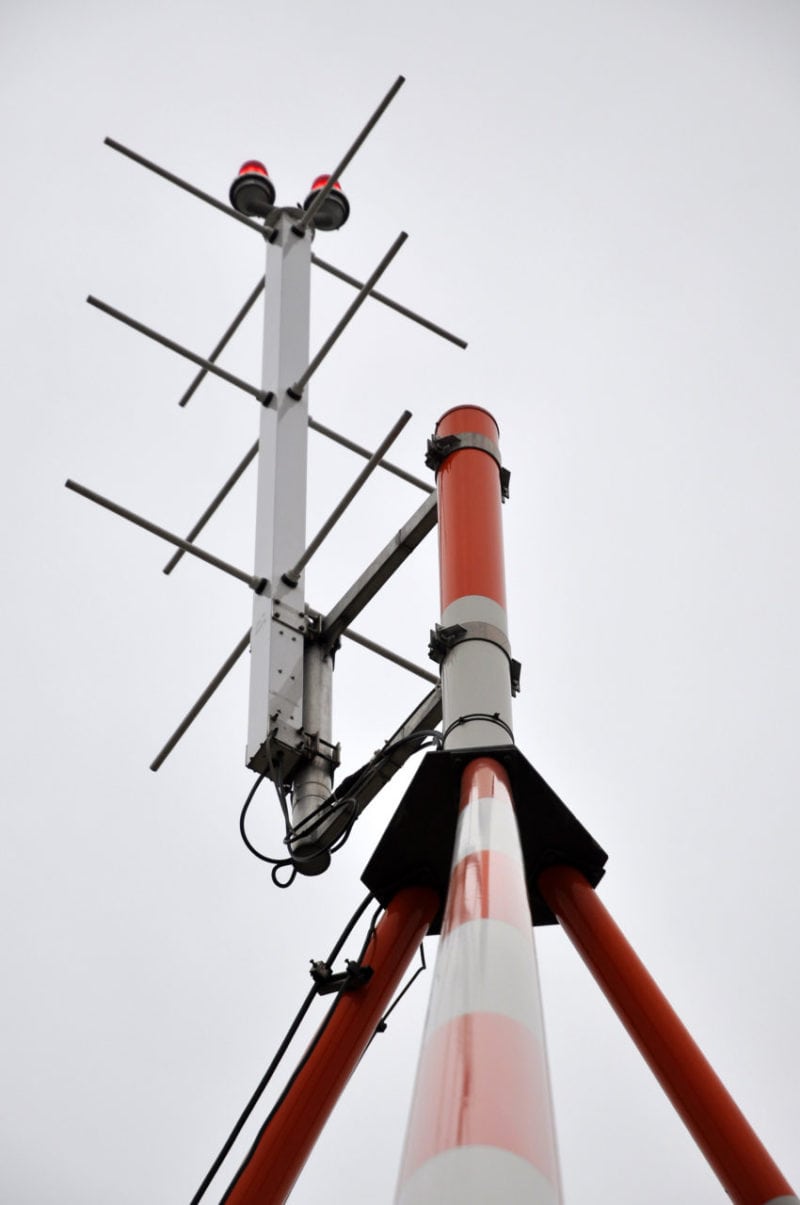
GBAS antenna at Frankfurt Airport. Photo: DFS.
Several years after Frankfurt’s new Northwest runway was implemented, DFS collected enough data on the use of a 3.2-degree angle using ILS to seek the design of a 3.2-degree approach procedure using GBAS, primarily in an effort to reduce aircraft noise encountered by surrounding communities when aircraft are on approach to that runway.
In order to fly the new procedure, or any GBAS procedure at Frankfurt or any other airport equipped with GBAS, aircraft need to be equipped with a GBAS receiver.
“We estimate that 8 to 10 percent of the aircraft landing in Frankfurt would be able to use the GBAS technology,” said Scheurle.
While many aviation organizations and civil aviation regulatory authorities, such as the International Civil Aviation Org. (ICAO) and the FAA, have noted the benefits of the use of GBAS, it is still rarely used at airports globally. According to a presentation given by Mikael Mabilleau, navigation service manager for French air traffic management consulting firm Egis Avia, the majority of operational GBAS stations are located throughout Europe and Russia, with limited availability at North and South American airports, he said at an ICAO navigation workshop last year.
ICAO describes the main benefits derived from using GBAS for airlines to produce fuel savings, noise reduction and reduced emissions with flexible flight paths, as well as fewer flight disruptions and less associated costs caused by ILS interference.
A representative for Lufthansa told Avionics that no special training is required to use GBAS and that an airline only needs to fill two conditions: certification of the aircraft and approval from relevant civil aviation authorities.
Scheurle said DFS is working with other aviation groups in Germany to provide more data on statistics in terms of noise reduction and reduced fuel burn derived from using the new GBAS approaches at Frankfurt as well. He says that in the future, GBAS will be introduced at other airports in Germany.
“The system is considered the future solution for precision approaches at airports. GBAS technology is intended to replace the currently used ILS in keeping with relevant provisions of ICAO,” said Scheurle.
“Different approach procedures during day and night times may be conceivable. Furthermore, GBAS may one day permit the use of laterally displaced approach paths. Then, curved approaches, may be possible,” he added.


